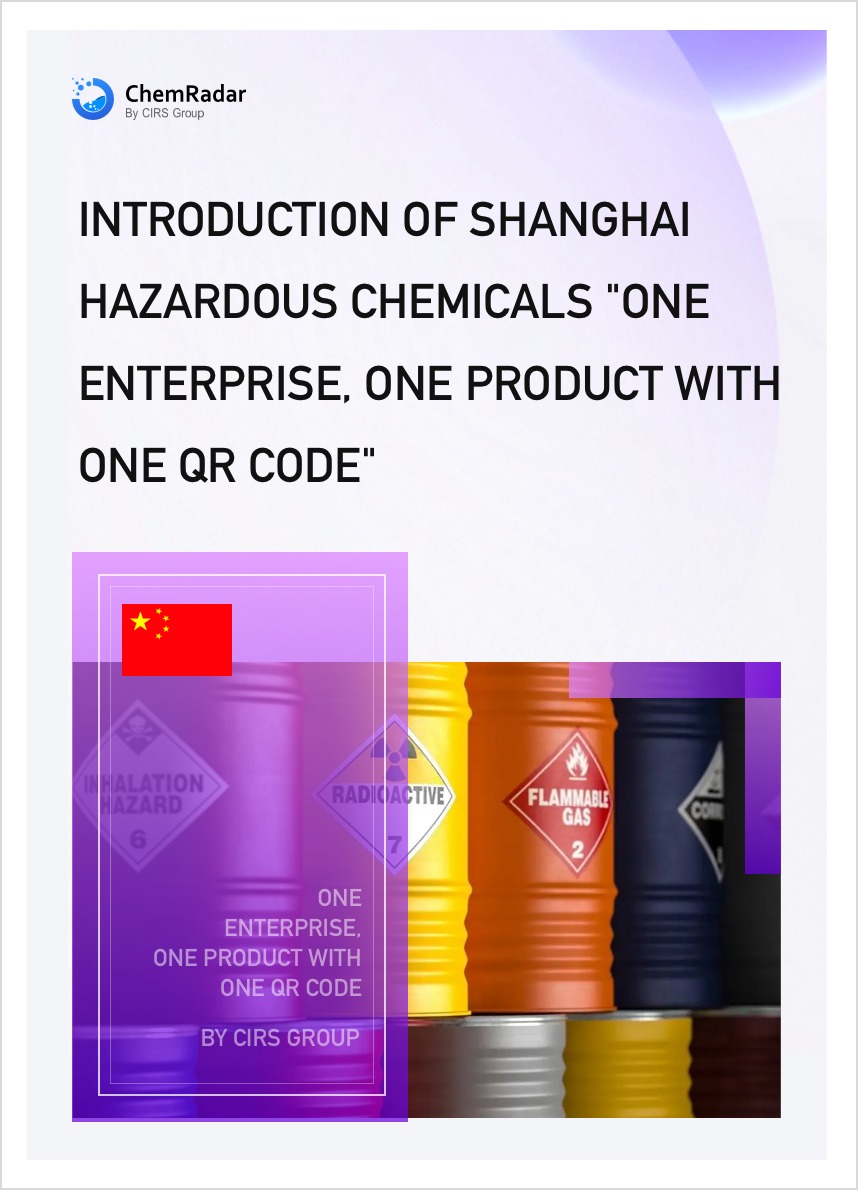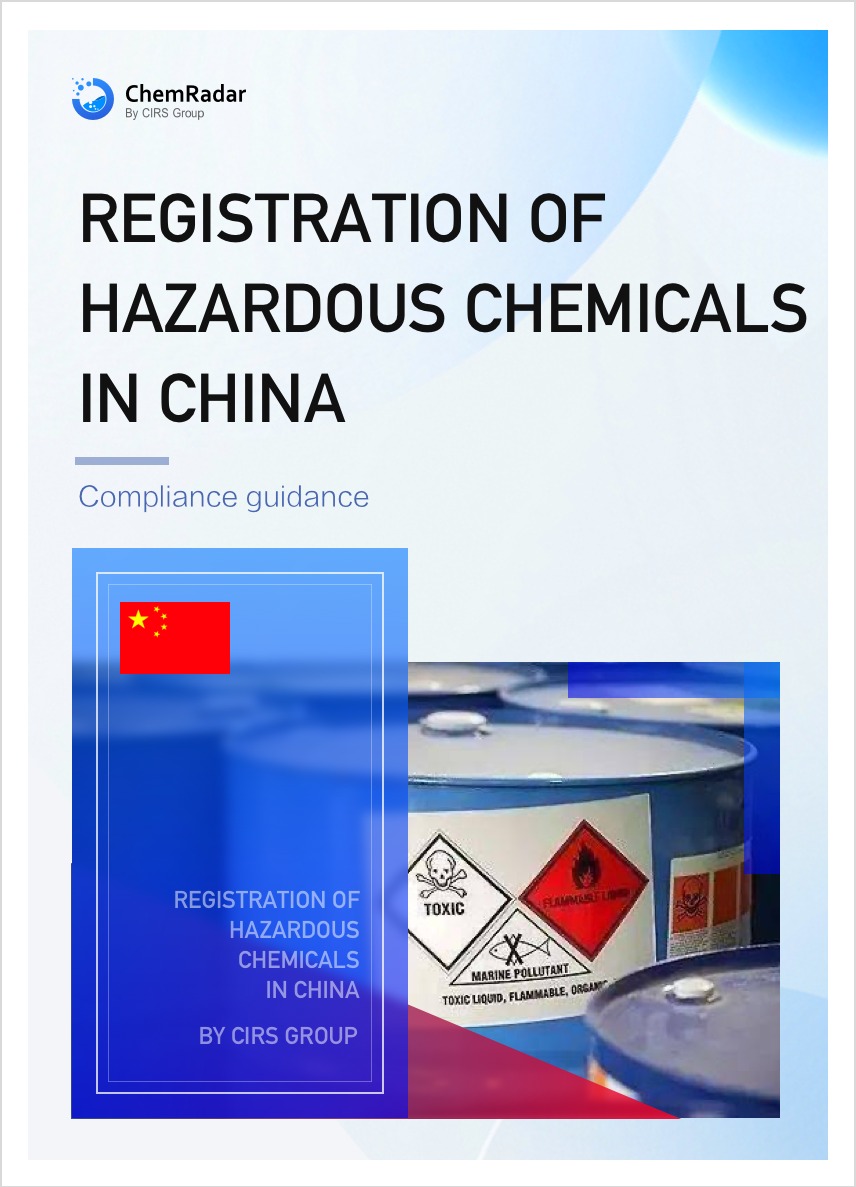On November 15, 2025, China's Ministry of Ecology and Environment (MEE) issued a significant announcement, imposing a production ban on 1,1-dichloro-1-fluoroethane (HCFC-141b) in specific household appliances. This move is based on the Regulation on the Administration of Ozone Depleting Substances and the China's National Plan for the Implementation of the Montreal Protocol on Substances that Deplete the Ozone Layer (2025-2030), fulfilling commitments under the Vienna Convention for the Protection of the Ozone Layer and the Montreal Protocol on Substances that Deplete the Ozone Layer, and aims to drive a green and low-carbon transition in the industry.
Announcement on Prohibiting the Production of Polyurethane Products Using HCFC-141b as a Blowing Agent (MEE Announcement No. 28 of 2025)
Specific Provisions:
- Phase One Ban: Effective January 1, 2026, the production of polyol blends and polyurethane products using HCFC-141b as a blowing agent is prohibited (Spray-applied polyurethane foam products are exempted at this stage).
- Production of refrigerator/freezer products, refrigerated container products, and electric water heater products shall continue to follow the provisions of the Announcement on Prohibiting the Production of Refrigerator/Freezer Products, Refrigerated Container Products, and Electric Water Heater Products Using HCFC-141b as a Blowing Agent (MEE Announcement No. 49, 2018).
- Production of insulation pipe products and solar water heater products shall continue to follow the provisions of the Announcement on Prohibiting the Production of Insulation Pipe Products and Solar Water Heater Products Using HCFC-141b as a Blowing Agent (MEE Announcement No. 28, 2023).
- Phase Two Ban: Effective July 1, 2026, the production of spray-applied polyurethane foam products using HCFC-141b as a blowing agent is prohibited.
- Product Definition: The spray-applied polyurethane foam products applicable under this announcement refer to polyurethane foam materials applied by on-site spraying, possessing thermal insulation and waterproofing functions, and include those products specified by the standards listed below.
List of Standards Applicable to Spray-applied Polyurethane Foam Products
|
No. |
Standard Code |
Standard Name |
|
1 |
JCT 998 |
Spray-applied Rigid Polyurethane Foam Insulation Materials |
|
2 |
T/CECS 498 |
Technical Specification for Insulation Engineering of Spray-applied Rigid Polyurethane Foam in Cold Storage |
|
3 |
SC/T 8059 |
Code of Practice for Foaming Operation of Fishing Vessel Insulation Layer |
|
4 |
GB/T 20219 |
Spray-applied Rigid Polyurethane Foam Plastic for Thermal Insulation |
Background
Since joining the Montreal Protocol, China has continuously worked on phasing out and finding alternatives for Ozone-Depleting Substances (ODS) for controlled uses. The country has successfully phased out five major categories of ODS: CFCs, halons, carbon tetrachloride, methyl chloroform, and methyl bromide, and is currently accelerating the phase-out of Hydrochlorofluorocarbons (HCFCs).
The polyurethane foam sector is a major consumer area of HCFCs, using HCFC-141b as a blowing agent to produce products like insulation foam boards. Some use of HCFC-141b as a blowing agent persists in sub-sectors such as panels, spray foam, and self-skinning foam. The upstream supply chain also involves enterprises producing polyol blends using HCFC-141b. China has conducted extensive promotion of alternative technologies, and various mature alternatives are available across all sub-sectors. Relevant enterprises can select suitable alternatives based on product performance requirements and economic capacity.
Implementation, Oversight, and Enforcement
Ecology and environment authorities at all levels shall supervise and urge enterprises to strictly implement the above provisions, ensuring the effective phase-out of HCFC-141b in the polyurethane foam industry. Enterprises that violate these provisions will be subject to penalties by the ecology and environment authorities in conjunction with relevant departments according to the law.
Further Information




